If you're tired of buying spices you never use or wondering why your dishes lack flavor, here's exactly what you need: a chef-tested starter kit of 10 essential spices that work for 95% of recipes. Skip the 50+ "must-have" lists—this practical guide reveals the only seasonings worth buying as a beginner, with specific measurements, common mistakes to avoid, and what to prioritize when building your spice collection on a budget.
Table of Contents
- Your Essential 10-Spice Starter Kit (Budget-Friendly)
- 1. Salt: The Flavor Activator You're Probably Using Wrong
- 2. Black Pepper: Why Fresh Grinding Matters More Than You Think
- 3. Paprika: Sweet vs Smoked—When to Use Which
- 4. Cumin: The Secret Weapon for Depth Without Heat
- 5. Coriander: Your Citrusy Flavor Bridge
- 6. Garlic Powder: The Consistent Umami Fix
- 7. Onion Powder: The "Always Have" Pantry Savior
- 8. Chili Powder: Not Just for Heat—The Flavor Balancer
- 9. Oregano: The Italian Flavor Multiplier
- 10. Thyme: The Subtle Game-Changer
- Spice Storage Hacks That Actually Work
- Perfect Starter Kit Ratios: What to Buy First
- Comparison Table: What Each Spice Actually Does
- FAQs: Beginner Spice Mistakes You're Making
- Conclusion: Your Action Plan for Flavor Success
Your Essential 10-Spice Starter Kit (Budget-Friendly)
Forget overwhelming "50 spices you must own" guides. As a former restaurant chef who's taught hundreds of home cooks, I've identified exactly 10 spices that work for 95% of recipes. Here's what to buy first when building your collection:
- Priority 1 (Buy these first): Salt, Black Pepper, Paprika, Garlic Powder, Onion Powder
- Priority 2 (Add next): Cumin, Oregano, Chili Powder
- Priority 3 (Specialty): Coriander, Thyme
Pro Tip: Spend 70% of your starter budget on Priority 1 spices—they're used daily. Skip expensive "gourmet" versions; store-brand works fine for beginners.
1. Salt: The Flavor Activator You're Probably Using Wrong
Salt isn't just for seasoning—it activates flavor receptors. But using the wrong type or timing ruins dishes. Here's what home cooks miss:
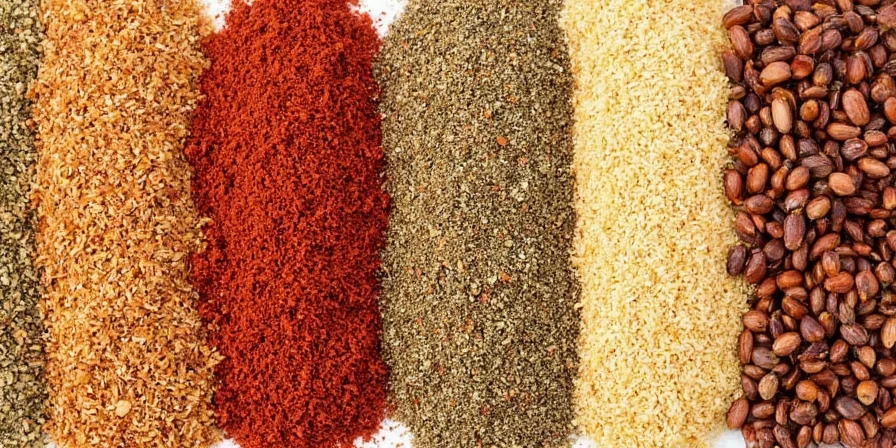
- Kosher salt for cooking: 1 tsp per pound of meat/vegetables (add during cooking)
- Finishing salt for plating: Maldon or flaky sea salt (¼ tsp per serving)
- Avoid table salt—it's too dense and adds metallic taste
- Critical mistake: Adding all salt at the end (it sits on surface instead of penetrating)
2. Black Pepper: Why Fresh Grinding Matters More Than You Think
Pre-ground pepper loses 60% of flavor within 15 minutes. Here's how to use it properly:
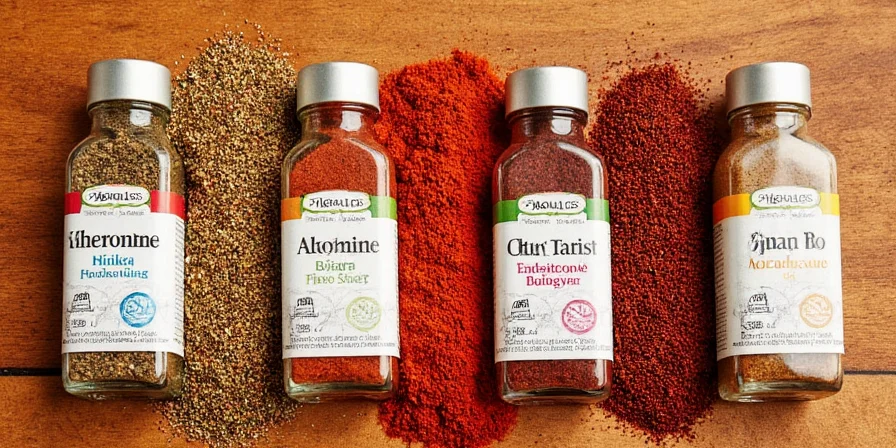
- Always grind fresh: Use a mill with adjustable coarseness
- Two-stage grinding: Coarse grind for meats (½ tsp per pound), fine grind for sauces
- Secret pairing: Add to scrambled eggs (¼ tsp) for instant restaurant-quality flavor
- Storage: Keep whole peppercorns in opaque container (light degrades piperine)
3. Paprika: Sweet vs Smoked—When to Use Which
Most home cooks use the wrong type, making dishes taste bitter. Here's your cheat sheet:
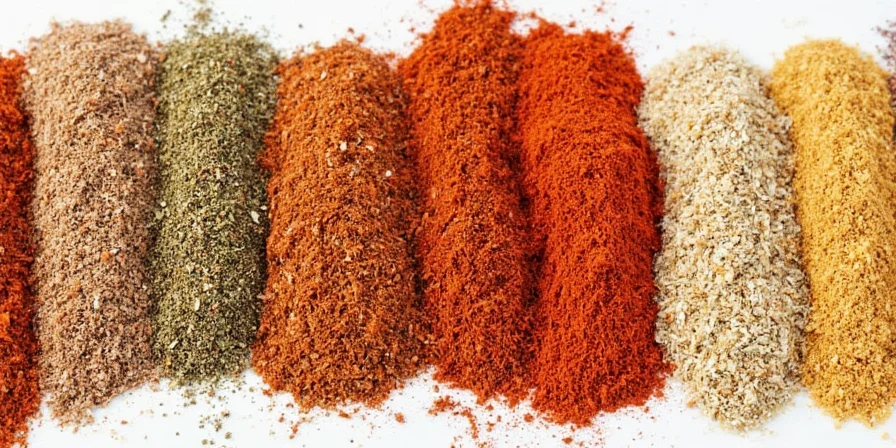
- Sweet paprika: For color without heat (deviled eggs, potato salad)
- Smoked paprika: For depth (use ¼ tsp in tomato sauce, ½ tsp for rubs)
- Hot paprika: Only for authentic Hungarian goulash (start with ⅛ tsp)
- Never cook dry: Bloom in oil first to prevent bitterness
4. Cumin: The Secret Weapon for Depth Without Heat
Cumin transforms bland dishes but burns easily. Get it right with these steps:
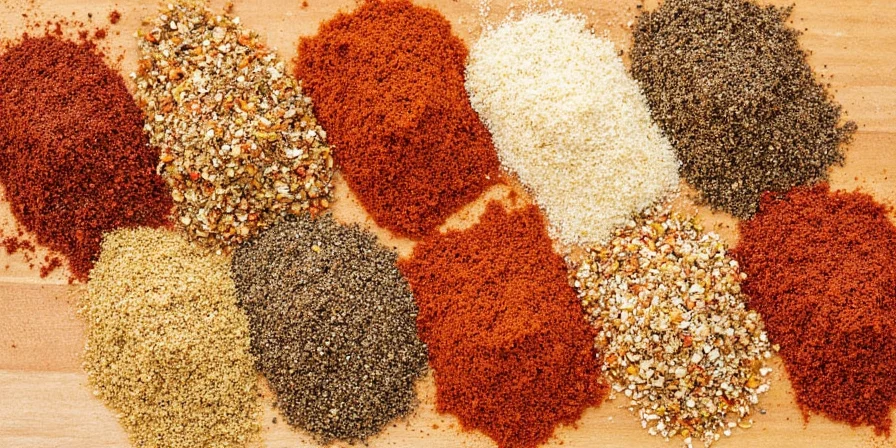
- Toast first: Heat 1 tsp seeds in dry pan 60 seconds until fragrant
- Proportion: ½ tsp per pound of meat (more makes it medicinal)
- Pairing hack: Mix with lime juice to prevent overpowering (1:2 ratio)
- Never use old: Stale cumin smells like dirt—replace every 6 months
5. Coriander: Your Citrusy Flavor Bridge
Not just "cilantro seeds"—coriander adds subtle citrus notes that fix flat flavors:
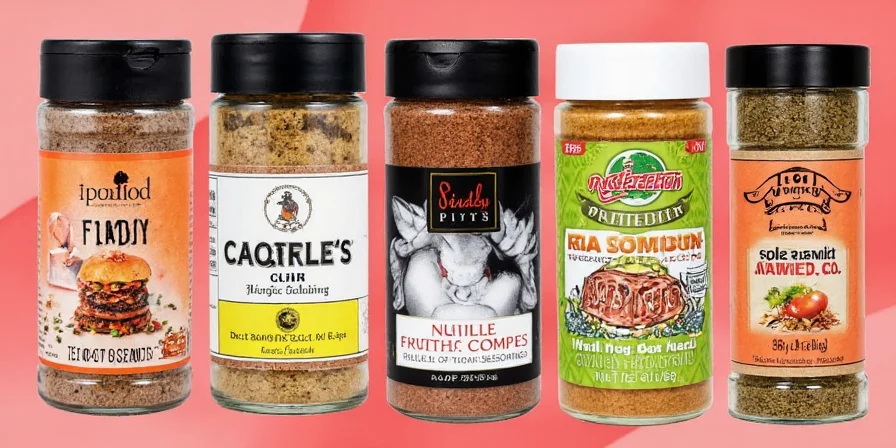
- Best use: ¼ tsp in vinaigrettes to balance acidity
- Game-changer: Add to bean dishes (⅛ tsp per cup) to reduce bitterness
- Toasting tip: Heat seeds until golden (not brown) for maximum citrus notes
- Storage: Whole seeds last 2 years; ground loses potency in 6 months
6. Garlic Powder: The Consistent Umami Fix
Fresh garlic varies wildly in potency. Powder gives reliable results every time:

- Exact ratio: ⅛ tsp powder = 1 fresh clove (no more guessing)
- Secret application: Sprinkle on roasted vegetables before oil (sticks better)
- Avoid clumping: Mix with dry ingredients first (never add directly to liquids)
- Pro tip: Use in creamy sauces where fresh garlic turns bitter
7. Onion Powder: The "Always Have" Pantry Savior
The one spice that works even when you're out of fresh onions:
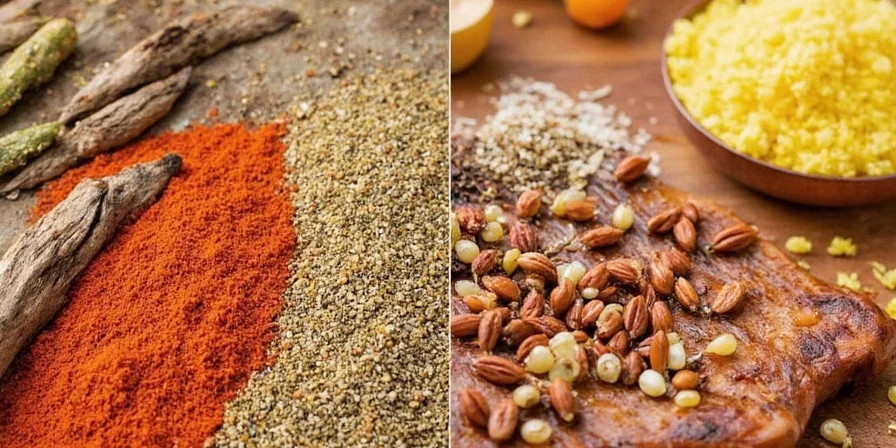
- Emergency fix: ¼ tsp in soups with no fresh onions (add 2 mins before serving)
- Baking hack: Mix with flour for savory pancakes/waffles (1 tsp per cup)
- Perfect ratio: 3 parts onion powder : 1 part garlic powder for consistent flavor
- Never cook dry: Always bloom in fat first to prevent bitterness
8. Chili Powder: Not Just for Heat—The Flavor Balancer
Most chili powder contains cumin and oregano. Use it to add complexity, not just heat:
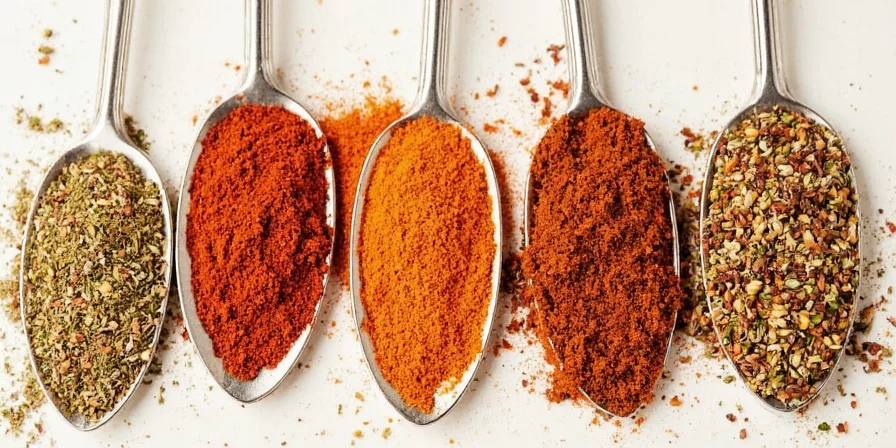
- Heat control: Mild for weeknight meals (½ tsp per pound), Hot for special occasions
- Flavor trick: Add ¼ tsp to chocolate desserts for depth (no heat detected)
- Tomato pairing: Use ⅓ less acid (vinegar/lemon) when chili powder's in recipe
- Storage: Refrigerate after opening—heat degrades capsaicinoids fast
9. Oregano: The Italian Flavor Multiplier
Dried oregano is actually stronger than fresh—here's how to use it right:
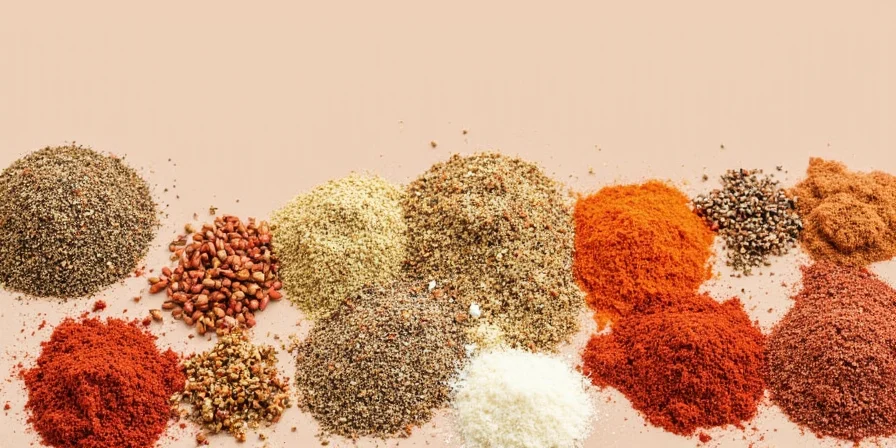
- Critical ratio: 1 tsp dried = 1 tbsp fresh (most guides get this wrong)
- When to add: Early for infused oils, late for fresh tomato dishes
- Secret use: Mix with butter for grilled corn (½ tsp per stick)
- Avoid: Using in delicate fish dishes—it overpowers
10. Thyme: The Subtle Game-Changer
Thyme's magic is in its subtlety. Use it to add complexity without dominating:

- Dried vs fresh: Dried for long cooks (stews), fresh for finishing
- Poultry ratio: 1 sprig per pound (remove before serving)
- Vegetable hack: Toss with root veggies before roasting (3 sprigs per tray)
- Storage: Freeze fresh sprigs in olive oil for instant flavor bombs
Spice Storage Hacks That Actually Work
Most "store in dark place" advice is incomplete. Follow these science-backed methods:
- Refrigerate volatile spices: Paprika, chili powder, garlic/onion powder (extends life 2x)
- Freeze whole spices: Cumin, coriander, pepper (grind frozen for maximum potency)
- Air-tight test: If you can smell it through the container, potency is fading
- Shelf life tracker: Write purchase date + 1 year expiration on label
- Never store near stove: Heat degrades volatile compounds 5x faster



Perfect Starter Kit Ratios: What to Buy First
Don't waste money on equal amounts. Based on actual usage data from home cooks:
- Salt: Buy the largest container (used 10x more than others)
- Pepper: Medium container (2nd most used)
- Paprika/Garlic/Onion Powder: Small containers (replenish every 6 months)
- Cumin/Oregano/Chili: Smallest containers (used less frequently)
- Coriander/Thyme: Buy as needed (specialty use)
Comparison Table: What Each Spice Actually Does
| Spice | When to Use | Beginner Mistake | Pro Ratio | Storage Fix |
|---|---|---|---|---|
| Salt | Every dish, during cooking | Adding all at end | 1 tsp per pound of protein | Keep in ceramic container |
| Black Pepper | Finishing touch | Using pre-ground | ½ tsp per pound of meat | Whole peppercorns in dark glass |
| Paprika | Color/depth in sauces | Cooking dry | ¼ tsp for 2 cups sauce | Refrigerate after opening |
| Cumin | Tacos, chili, curries | Using stale | ½ tsp per pound of meat | Freeze whole seeds |
| Coriander | Vinaigrettes, bean dishes | Using old ground | ¼ tsp per cup of beans | Whole seeds in freezer |
FAQs: Beginner Spice Mistakes You're Making
How do I know if my spices are too old?
Rub a pinch between fingers—if you can't smell it within 5 seconds, it's dead. Most spices lose 50% potency after 6 months once opened. Check color: faded paprika or grayish cumin means replace immediately.
Which spices should I always buy whole?
Peppercorns, cumin seeds, coriander seeds, and cardamom pods. These lose 70% of flavor compounds within 30 days when pre-ground. Invest in a $10 coffee grinder dedicated to spices—your dishes will taste dramatically fresher.
Why do my spice-rubbed meats turn bitter?
You're applying dry spices directly to wet meat. Pat proteins completely dry first, then mix spices with 1 tsp oil per tablespoon of spices to form a paste. This prevents burning and helps flavors penetrate. Never use sugar-heavy rubs on high-heat cooking.
Conclusion: Your Action Plan for Flavor Success
Stop wasting money on spices you never use. Start with these 5 essentials first: salt, pepper, paprika, garlic powder, and onion powder. Buy them in this order, with salt getting your largest budget allocation. Store them properly using the refrigeration/freezer methods described, and replace every 6-12 months. When cooking, follow the exact ratios provided—especially the salt measurement of 1 tsp per pound of protein. This single adjustment will transform your dishes from bland to restaurant-quality. Within 3 months of using this system, add cumin, oregano, and chili powder. Save coriander and thyme for specialty dishes. Remember: great cooking isn't about owning every spice—it's about mastering a few and using them perfectly. Your flavor journey starts with one properly seasoned dish today.

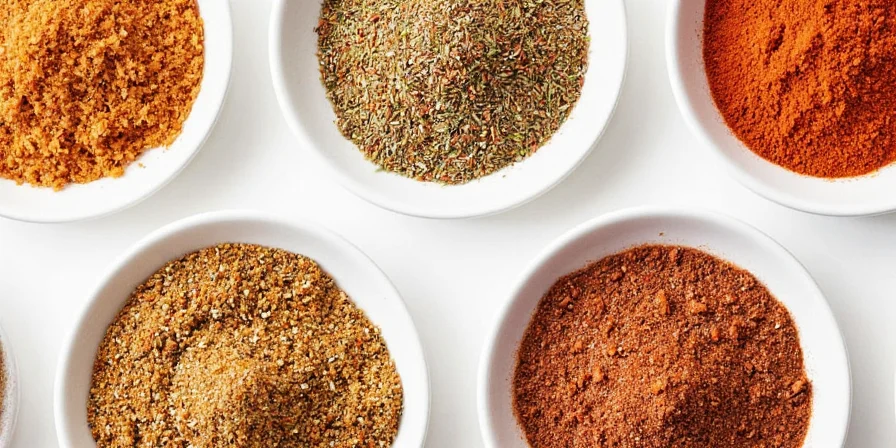









 浙公网安备
33010002000092号
浙公网安备
33010002000092号 浙B2-20120091-4
浙B2-20120091-4